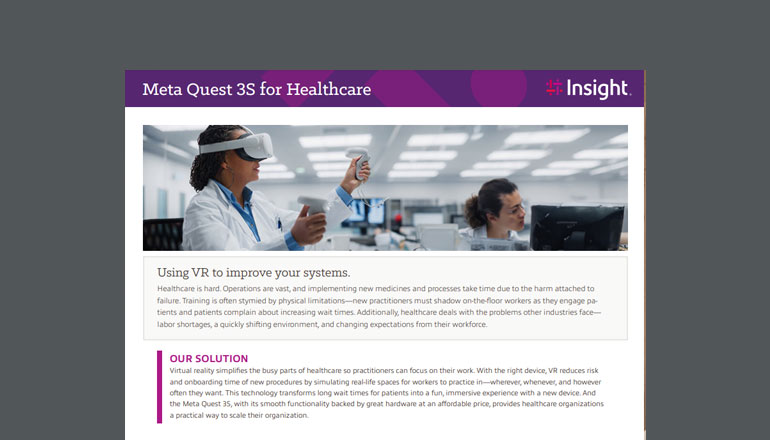Glossary What is Virtual Reality (VR)?
By / 2 Jan 2023 / Topics: Immersive technology Virtual Reality (VR)
Virtual reality, often abbreviated as VR, is an immersive and interactive 3D digital environment that can be experienced visually, auditorily and tactilely. This immersive technology allows a user to experience and engage with digital environments and objects through a headset and peripherals. Depending on the virtual reality hardware’s level of sophistication, the peripherals can track head, eye, hand and body movement, as well as give the user a sense of touch, so the digital experience mirrors reality.
Virtual reality adoption has grown for entertainment, education, military and business use cases. There are many video games and training strategies that use virtual reality to immerse the user in situations — creating an engaging and realistic experience. Combined with the metaverse — a type of digital world — virtual reality creates many opportunities to remotely interact with individuals and objects with ease.
Common virtual reality headsets that come with controllers that allow the user to interact with the virtual environment include:
Virtual reality has been around as a concept since the 1950s but became an actual technology in the 1970s as a simulation device for many sophisticated use cases, including by NASA and the military. Adoption has grown in recent years alongside a rise in computing power and affordable peripherals.
Companies like Meta, formerly Facebook, and Valve have become large investors in virtual reality technology, offering virtual experiences and headsets that are available to larger audiences than previously available.
Difference between virtual reality and augmented reality
Virtual reality is a completely digital experience while augmented reality blends digital elements with the physical environment. Both technologies create highly engaging experiences by giving users the ability to experience scenarios that might be challenging to recreate from their current location. The level of interactivity both technologies provide help improve immersion and engagement.
Using virtual reality
By creating a metaverse or simulation of spaces, virtual reality can be used in a variety of settings — offering realistic experiences that can both delight and educate the user. Many schools and training programs are exploring how to bring virtual reality to learning settings, so students can experience what they’re learning in a more interactive format.
Businesses, including retail, healthcare and office spaces, can benefit greatly from virtual reality by offering it to customers and employees. Many organizations have been exploring how to improve their applications to include a virtual reality experience.
Arcade-like experiences that offer virtual reality entertainment have become more common, as well as the use of virtual reality in the design industry so that designers and potential users can fully interact with a digital twin version of an object or process. As the technology becomes more accessible, many organizations believe that offering a virtual reality in some form will become a common necessity.




